Ace Le took time between his continuous business trips to chat with Thanh Nien .
What made you decide to pursue a career as a curator and researcher of Vietnamese art?
Born and raised in the 1980s and 1990s, although I loved art since I was young, I had few opportunities to nurture my passion, because art education in schools in our country at that time was still lacking, and the opportunities to fully enjoy art in museums were even fewer.
Only when my job was stable and life became more leisurely did I take time to enjoy and study art.
For the past 20 years, I have lived and worked in Singapore with a main job in communications and brand management. I only started collecting art when I had an income and realized that every collector is a curator of his own collection, so I decided to learn more about this job.
Five years ago, I studied for a master’s degree in museology and curatorial practice at Nanyang Technological University (Singapore) right when the program was launched, the first in the world to focus on Southeast Asian art. It was a big stepping stone for me to move into my current job as a professional curator.
The exhibition Trong trang ivory introduces Indochina paintings for the first time in Da Nang , curated by Ace Le, and will be held in December 2023.
PHOTO: LTF
What were the difficulties and advantages when you held the position of first curator and executive director of Sotheby's in Vietnam?
The curator’s mission is to identify which authors and works are important in a certain period. The prerequisite for being a good curator is the ability to research with the basic skills of an art historian. Next, he introduces the results of his research to the public, such as building a content chain for a collection, organizing an exhibition, or producing publications. Thus, the curator is the bridge between art, artists and audiences.
My role at Sotheby's is to use my knowledge, language and network to complement their local perspective, respecting the voice of the local art community.
Feelings when he first organized the exhibition " Old Soul, Strange Wharf" Sotheby's 2022, bringing together many works by the famous quartet of painters: Pho - Thu - Luu - Dam?
This is the pioneer exhibition for the Indochina art segment in Vietnam. For the first time, the domestic public has been exposed to a large number of Indochina works of high commercial and art historical value, curated, assessed and displayed according to international museum standards.
There are three conditions I agreed with Sotheby's: the exhibition must be free to the public, the paintings must be borrowed from Vietnamese collectors, and the production services must come from domestic resources.
I am delighted that the reception from the public has exceeded all expectations. Although the exhibition only lasted for less than 4 days, the registration portal was overloaded within half a day of opening, with more than 5,000 visitors.
Opening of the exhibition Sky, Mountains, Water in Hue on March 25, 2025
PHOTO: LTF
Besides curating, do you have relationships with Vietnamese art collectors?
To be a good curator, having good relationships with artists and collectors is very important. Exhibitions such as Hon Xua Ben La, Mong Vien Dong or Troi, Son, Nuoc all borrow paintings from many different collections. Usually, collectors have to trust the curator to entrust their valuable works to him to keep, preserve and display.
My job gives me the opportunity to get close to many collectors at home and abroad, including individuals and organizations. I also recognize a generation of young collectors who, in addition to financial potential, also have curatorial strategies, with focused positioning and the ability to research and evaluate carefully. This is a very encouraging sign when they begin to introduce their collections for the public to enjoy.
The Vietnamese art auction market is very active in the world, but why doesn't Vietnam still have many auction floors for the public to have more access to the art of painting?
The integration process has made the world flatter. This is clearly evident in the art auction sector. Unfortunately, many domestic superstructure projects, despite their great ambitions, have not gone far enough. For example, efforts to open Vietnamese auction houses over the past ten years have not been very successful, while developing countries in Southeast Asia such as Indonesia, the Philippines, Malaysia or Thailand have all had active domestic auction houses that have expanded to the region.
To open a good auction house, business skills are only a sufficient condition, but the essential condition must be appraisal ability, that is, solid expertise in academic research, a big gap in the domestic market.
Why has Sotheby's not officially commercialized Vietnamese paintings in Vietnam?
Sotheby's is loyal to the strategy of concentrating liquidity at major points. Regular auctions in Hong Kong (China), Singapore or Paris (France) all feature Vietnamese paintings. This is better for transactions, because collectors in the region will have easier access to our works. This move is not only true for Vietnam, but for Southeast Asia in general.
Sotheby's and Christie's also do not hold auctions in markets much larger than Vietnam such as Indonesia, Malaysia or the Philippines, but focus on introducing Southeast Asian artists alongside international artists in major auctions.
Ace Le speaks at the Sky , Mountains, Water exhibition in Hue
What is your opinion on the current Vietnamese art market? Why are paintings by Vietnamese artists after the Indochina College of Fine Arts less valuable and less noticed?
Most of the liquidity in the Vietnamese art market is concentrated on artists who graduated from the Indochina Fine Arts School between 1924 and 1945. The works have stood the test of time, so their value has been proven.
In terms of investment, Indochina works and authors are equivalent to "blue chip" codes on the stock exchange, meaning they have a high degree of safety and high liquidity. Of course, this is only true for works with high reliability, clearly certified by experts and reputable organizations. Later works will need more space to certify their value, thereby creating the premise for secondary transaction value.
Are foreign investors interested in Vietnamese paintings?
Vietnam is a rare country located at a unique cultural and historical crossroads. In terms of the vertical axis, we share a colonial history with the group of Southeast Asian countries, so collectors here understand the post-colonial complex. In terms of the horizontal axis, we belong to the same literary group as the Han-Nom language, so the Oriental aesthetic can be deeply felt by audiences from China, Japan, Korea and the Chinese group in Singapore, Indonesia, Malaysia, etc.
Therefore, the audience interested in and collecting Vietnamese paintings is very large. Currently, about 30% of buyers of Indochina paintings are regional and international collectors, a ratio that can be said to be very healthy.
The painting Vue de la résidence d'El Biar (View of El Biar Palace) - one of the most notable works in the collection of works created by King Ham Nghi, displayed at the exhibition Heaven, Mountains, Water in Hue in March 2025. This is the exhibition Ace Le is the co-curator of.
PHOTO: LTF
Currently, Vietnam has very few true curators and art critics. How can we develop painting in general and museums and art exhibitions in particular without this team?
Vietnam does not have any formal training courses for curators. When the market first opened in the 1990s, curating exhibitions was often undertaken spontaneously or informally by artists, critics or museum and art center managers. Even now, there are many such cases. This is not wrong because having a degree does not necessarily guarantee that you are a good curator.
In my opinion, the minimum requirement for curating is the ability to research, locate works and authors along the art historical chain and explain to the public why they are important. The next sufficient requirement is the ability to manage projects, logistics, and communications. Therefore, many people who are self-taught, read about art history, and have sharp opinions have successfully turned to curating. Being well-educated is an advantage, but not everything.
How do you rate the Vietnamese art market? Is it as developed as other countries in the Southeast Asian region?
A healthy and vibrant market must be built on a solid infrastructure, including a policy and legal framework to protect the interests of all participants. Second is the education system, which needs to have a subject that introduces children to fine arts and art history from a young age; along with a museum system to bring art closer to the public. Based on that infrastructure, we can build a superstructure - including buyers (collectors, investment funds, public and private museums), sellers (artists), intermediaries (auction houses, galleries, independent brokers) and related services in the ecosystem (research, criticism, curation, logistics, insurance, etc.). We are lacking a solid infrastructure, so the superstructure must coordinate many issues with each other.
Compared to neighboring countries like Indonesia, Thailand or Malaysia, our art market is decades behind them, let alone Singapore or China.
What is your prediction about the market of Indochina paintings, especially paintings by famous artists? Is it really a safe and effective investment channel?
In the near future, in my opinion, the group of famous Indochina painters will still be in the group of record-breaking artists. But in 10-20 years, when there has been enough distance, the appearance of new names is a natural trend.
There are many other important painters who are no less important than the Pho - Thu - Luu - Dam generation but have not received the attention they deserve, and will gradually emerge in the coming time. We can mention the group of French painters who came to Indochina or the group of painters from the Gia Dinh painting school, which was established before the Indochina Fine Arts School in the North. With the participation of many people in the region, I predict that Indochina paintings will continue to break their own price records.
You once said: "It is time for foreign auction houses to stop their fierce race for record prices and listen to the voices of a culture that was once dominated by them, and now comes back to feed them in a new era." That is a pretty clear summary of modern Vietnamese art in the early 20th century. In your opinion, what is the voice of the culture that was once dominated? Is this culture different from that of non-dominated countries?
In the case of Vietnam, it is the voice of a thousand years of culture. Vietnamese fine art must be told by Vietnamese people, that is the story we must learn from cultural powers like Japan, with an uncompromising cultural pride. It is necessary to research, interpret and display Vietnamese fine art right in Vietnam in Vietnamese, for Vietnamese people to see, read and feel. That is the responsibility not only of the auction house, but also of domestic audiences and collectors.
Source: https://thanhnien.vn/ace-le-my-thuat-viet-phai-duoc-ke-boi-nguoi-viet-185250607222950724.htm



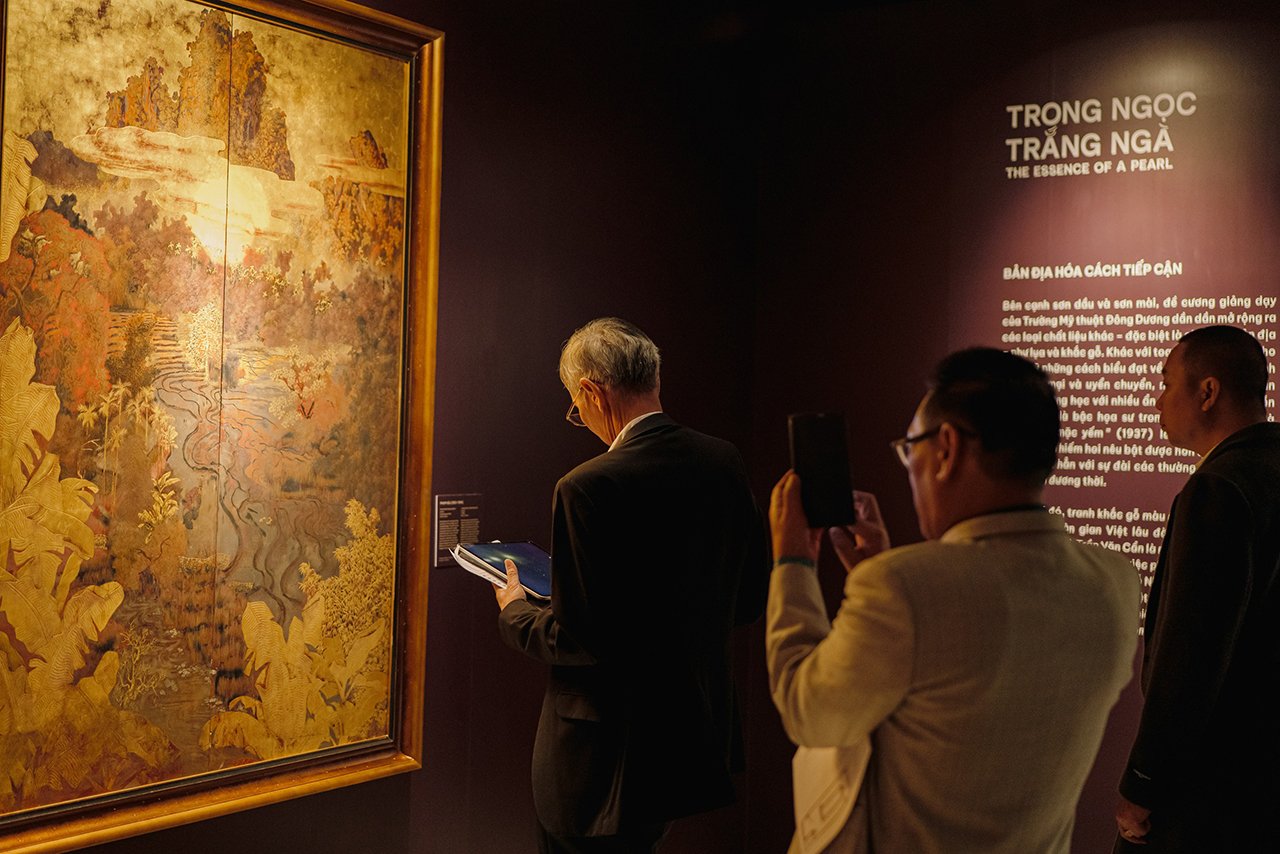
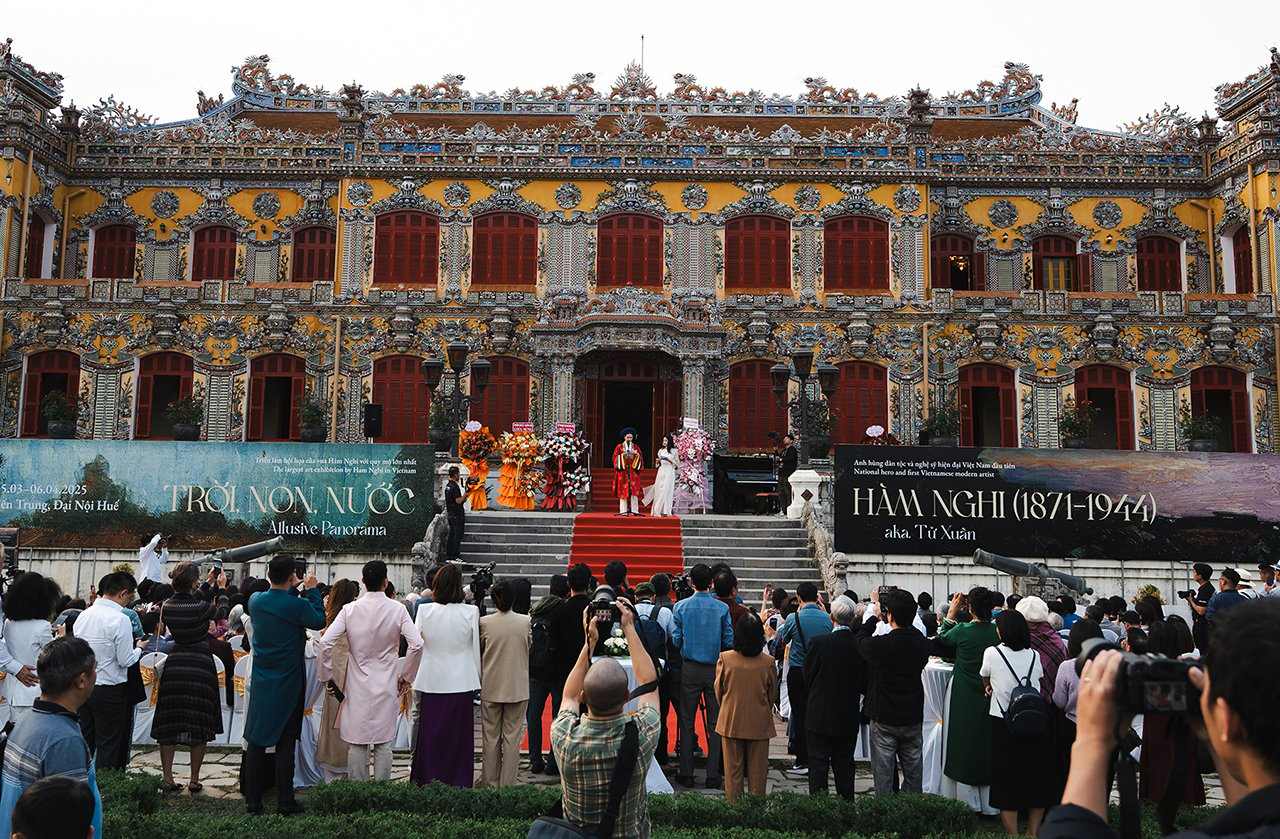
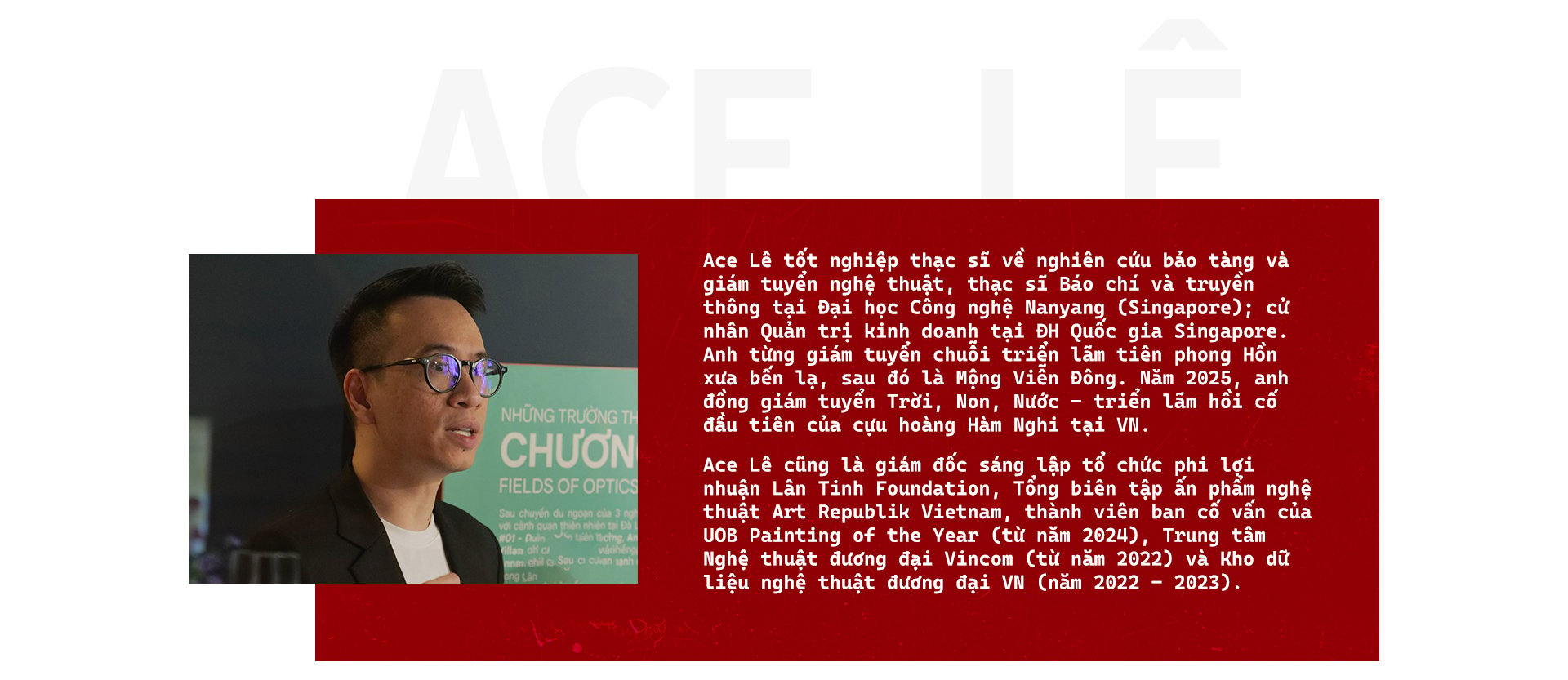

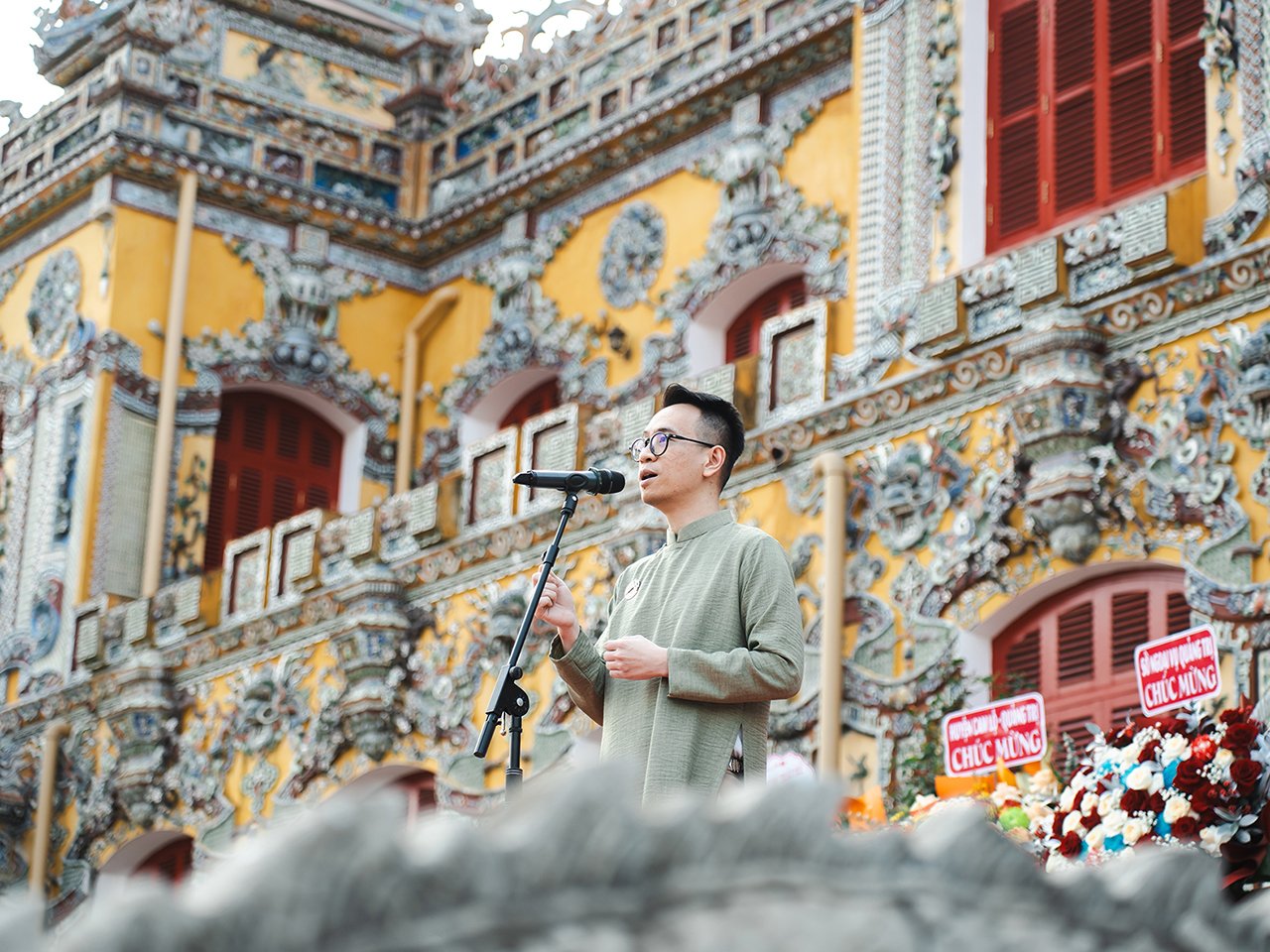
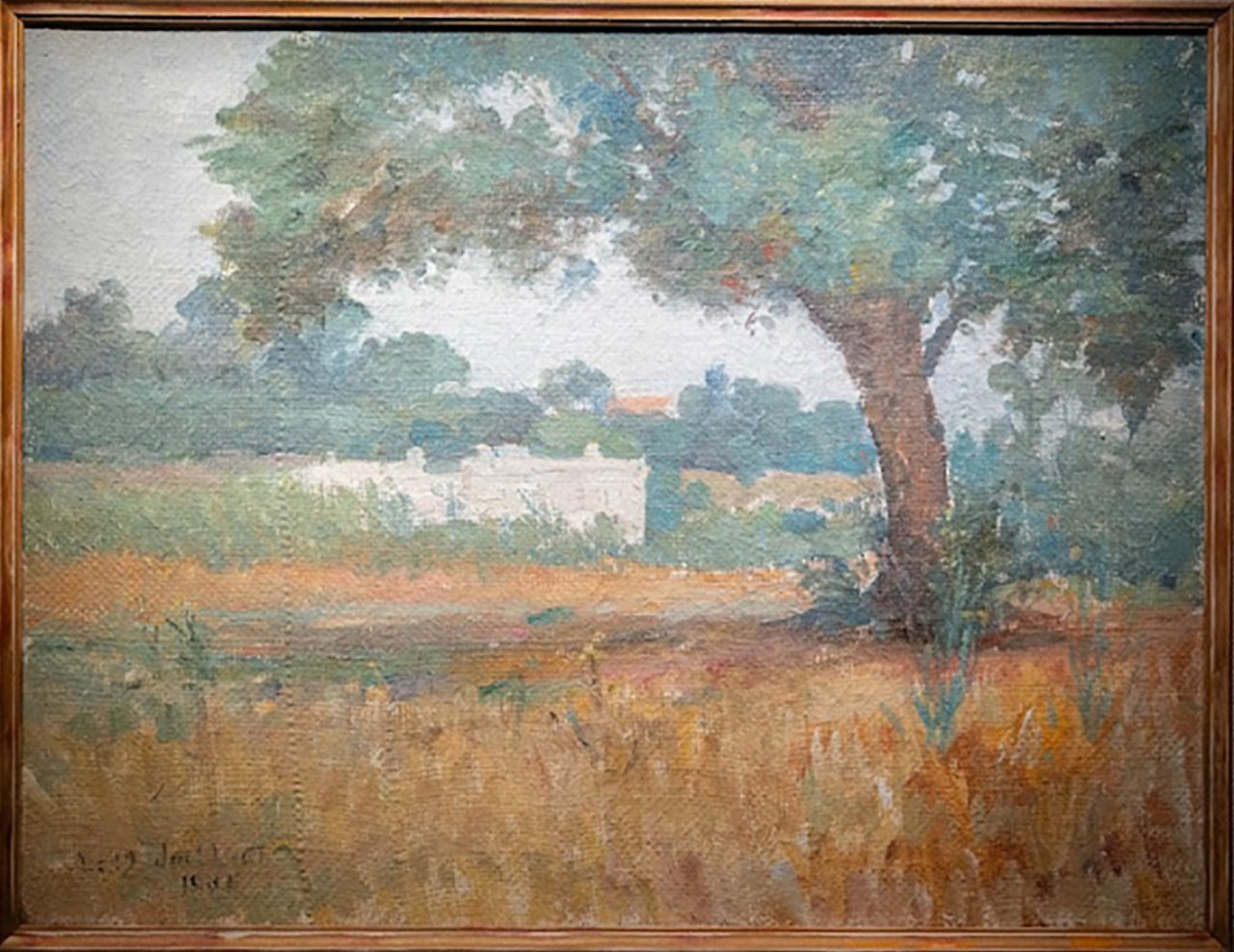
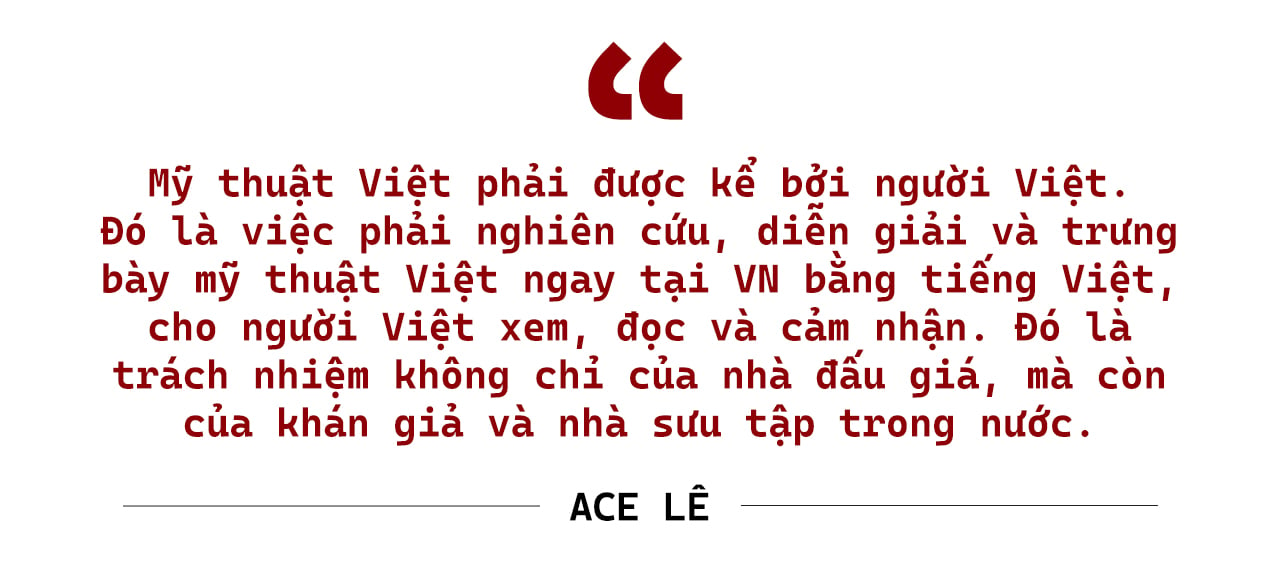








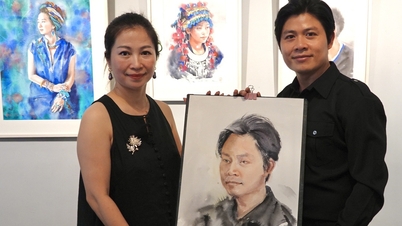

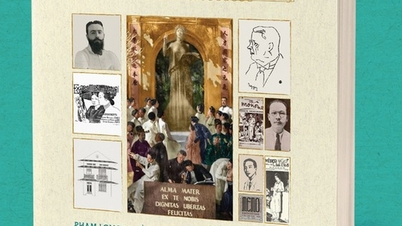
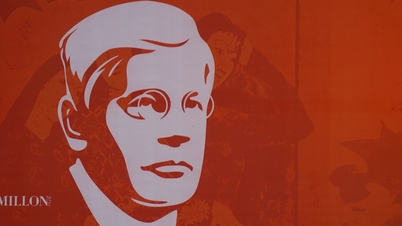
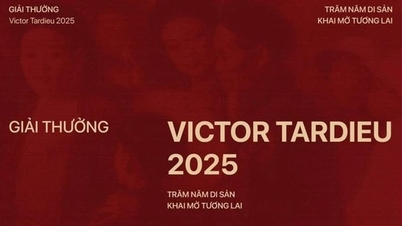






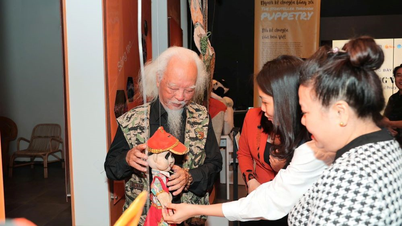







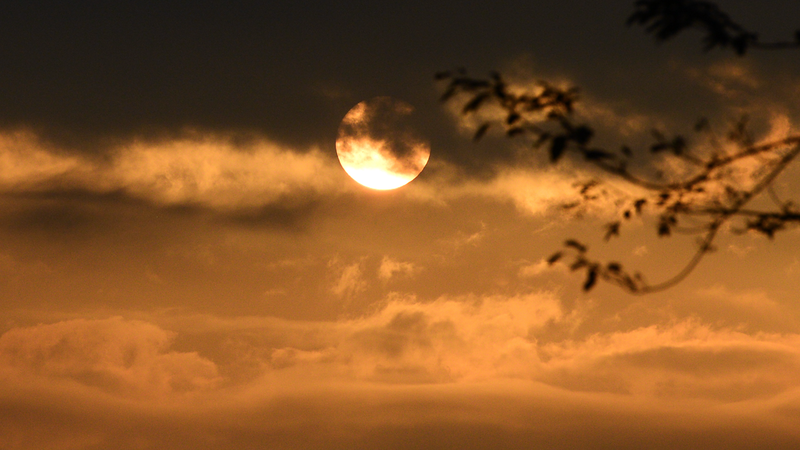
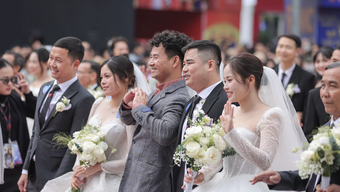



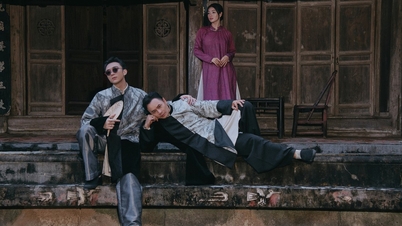
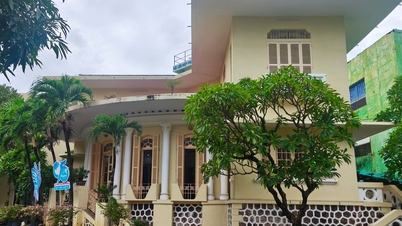
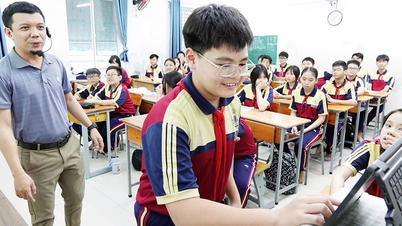




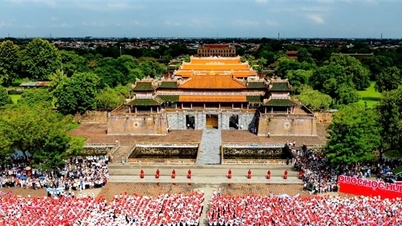

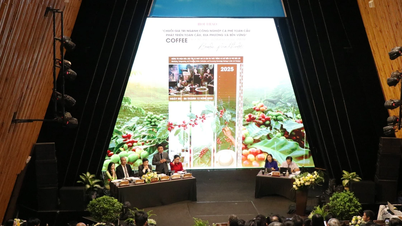

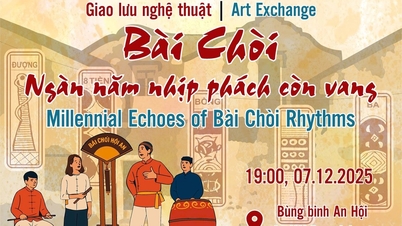

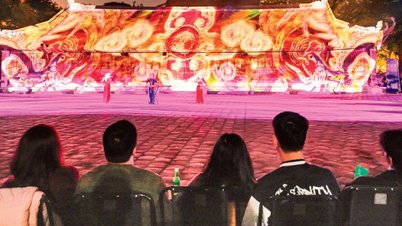
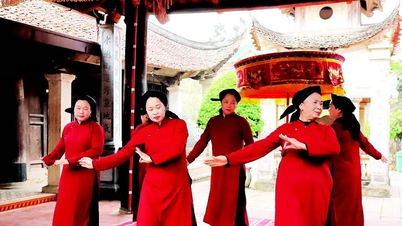
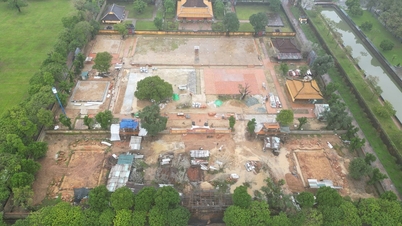

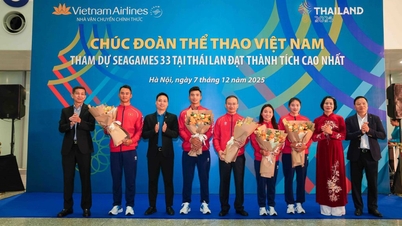


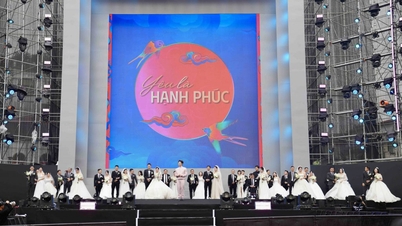

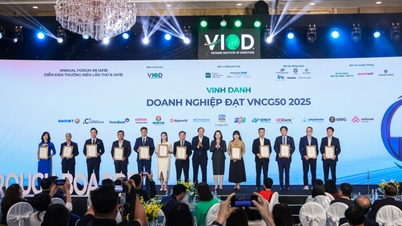


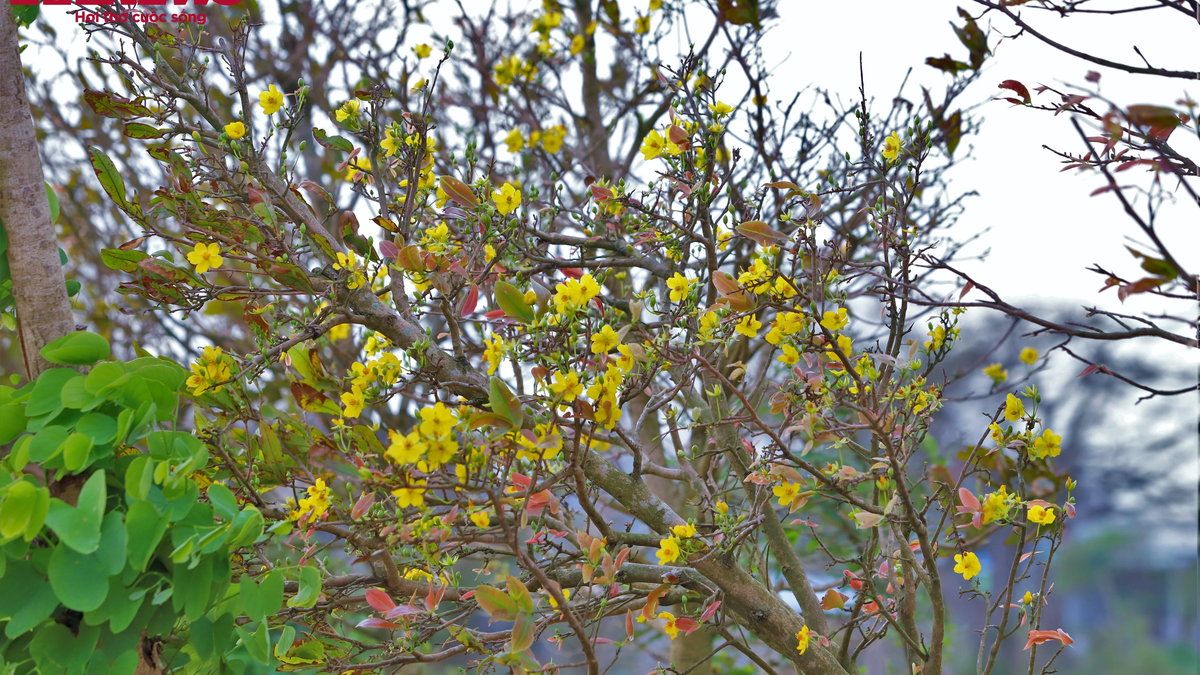



















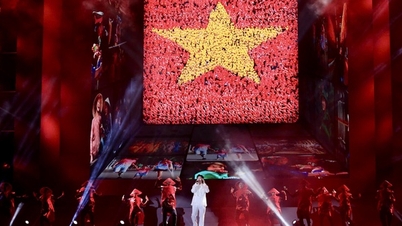



















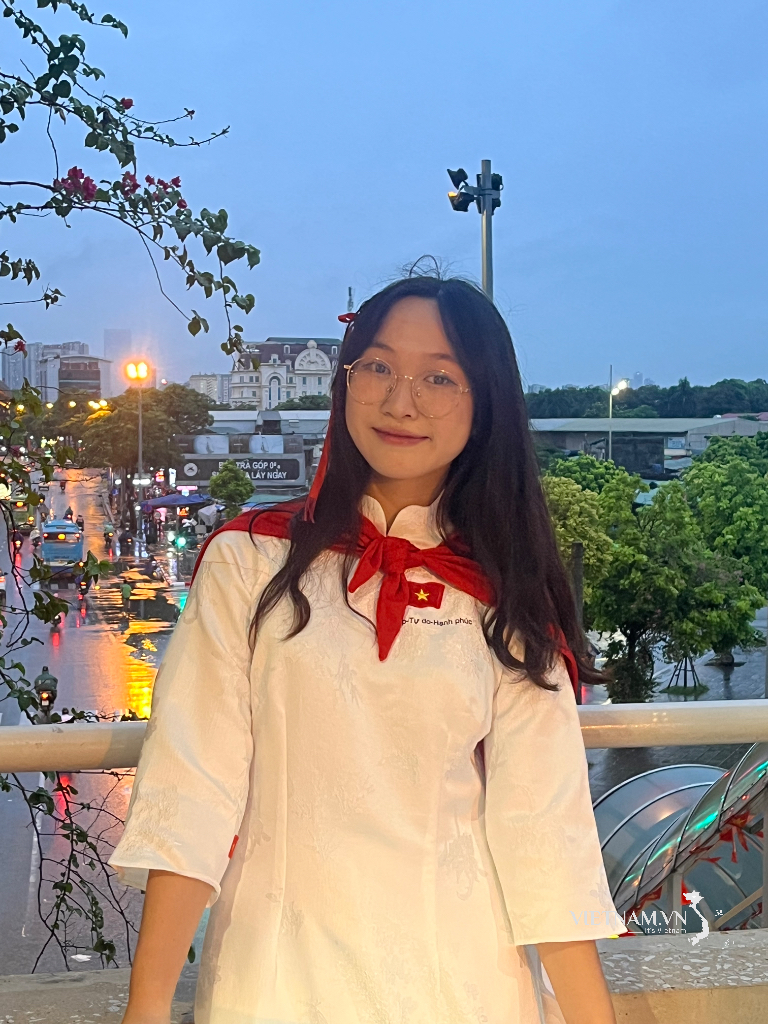






Comment (0)